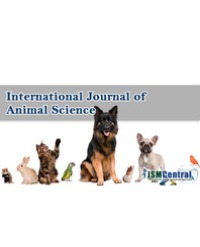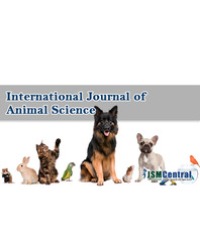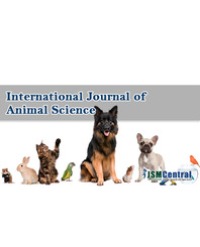In a twenty-week trial, twenty West African Dwarf (WAD) goats (7.00 – 8.00 kg) were randomly allotted into four treatments in a completely randomized design to evaluate the growth performance and nutrient digestibility of WAD goats fed bread waste and Moringa oleifera leaf. Four diets (T1, T2, T3 and T4) were compounded by inclusion of bread waste and M. oleifera leaf at 0, 25, 50 and 100% levels. The goats were fed at 3% of their body weight. Performance parameters such as feed intake, daily weight gain and feed conversion ratio were evaluated. During digestibility trial, individual goats were put in a metabolism cage for easy collection of faeces and urine. The CP content of diets containing bread waste and M. oleifera leaf (T2, T3 and T4) were higher than T1 diet. There was no significant difference (p>0.05) in the feed intake of the animal across the treatments. Animals fed diets T4 (34.38) had significantly highest (p<0.05) daily weight gain compared to T3 (26.67), T2 (21.88) and T1 (20.84). The diets T2, T3 and T4 were significantly higher (p<0.05) in digestible energy (59.23, 62.54 and 62.84% respectively) and crude protein (63.34, 69.39 and 72.39% respectively) compared to the control diet. Furthermore, the nitrogen balance was significantly highest (p<0.05) in T4 (2.22 g/day), T3 (1.92 g/ day), then T2 (1.50 g/day) and T1 (1.45 g/day) which were significantly the same (p>0.05). Hence, the nitrogen retention (%) was significantly higher in goats fed diets T4 (74.69 g/day) and T3 (68.61 g/day) than T2 (55.85 g/ day) and T1 (54.86 g/day). It could be concluded that inclusion of bread waste and M. oleifera in the diet of goats led to improved performance characteristics.
Ayandiran SK*, Odeyinka SM, and Odedire JA





